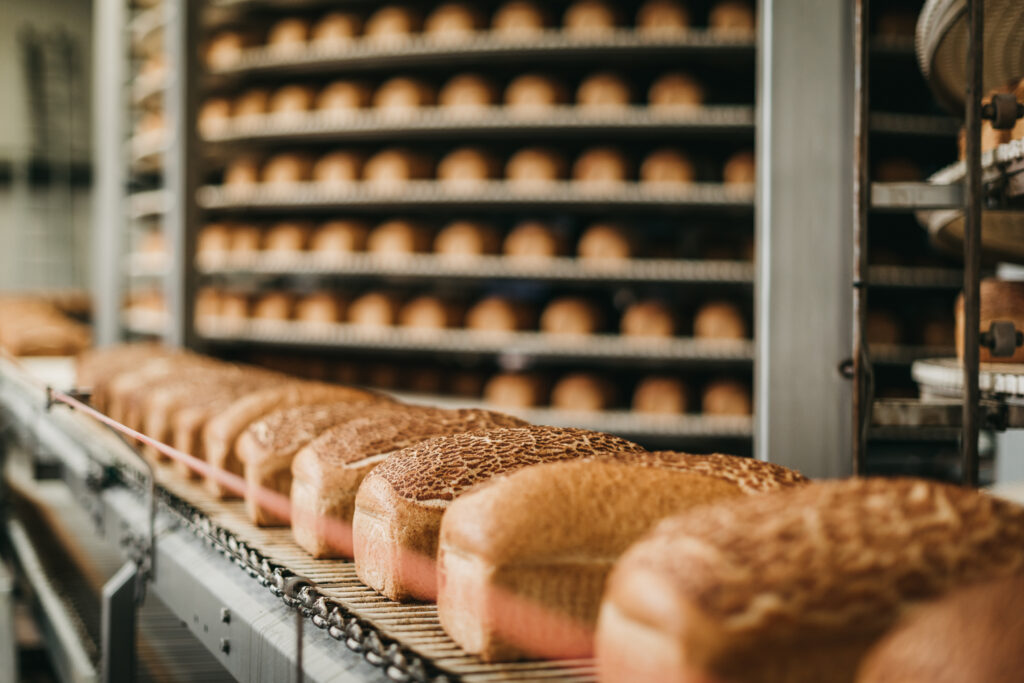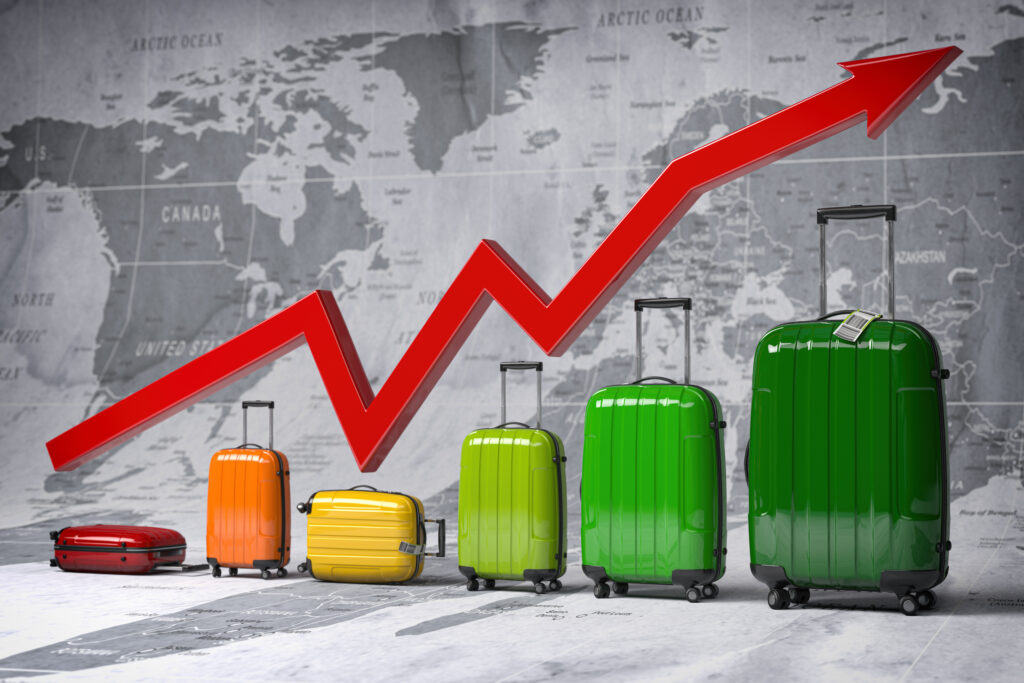In this edition:
- Trump announces 25% tariff on non-US cars, threatens punitive EU/ Canada tariffs
- Two-thirds of cities most dependent on Canadian trade located in states that voted for Trump
- Food Processing Skills Canada announces new programs to support food and beverage manufacturing
- Job vacancy rate declines in January after four months of little change
- Tourism spending picked up in Q4 2024 after slowdown in Q3
- Focus on Markets
Did you know you can get the GNCC’s Daily Update emailed to you? Click here to sign up.

Picture credit: Executive Office of the President of the United States / Public Domain
Trump announces 25% tariff on non-US cars, threatens punitive tariffs on EU and Canada
U.S. President Donald Trump has announced he’s implementing a 25-per cent tariff on foreign-made cars and light trucks. Speaking to reporters, Trump said the tariff will take effect on April 2.
Prime Minister Mark Carney said he was suspending his campaign plans for the day and would return to Ottawa to hold a meeting of the Canada-U.S. cabinet committee.
President Trump is also threatening large tariffs on the European Union and Canada if they work together to do “economic harm to the U.S.”

Picture credit: Negro Elkha / Adobe Stock
Two-thirds of cities most dependent on Canadian trade located in states that voted for Trump
The Canadian Chamber of Commerce’s Business Data Lab (BDL) today released new research on which U.S. cities are most export-dependent on Canada and therefore most vulnerable to the consequences of reduced Canadian demand as a result of tariffs.
San Antonio, Detroit, and Kansas City have the highest Canadian dependence score, while Houston, Chicago, and Detroit are the largest exporters to Canada by value. Two-thirds of the 41 U.S. cities most dependent on Canadian demand are located in states that voted for President Trump in the 2024 presidential election.

Photo credit: Nander / Adobe Stock
On Mar. 27, Food Processing Skills Canada (FPSC) announces three new programs in support of Canadian food and beverage businesses and their employees. These programs will try to make it easier for businesses to recruit, train and retain people to ensure that the Canadian production of food and beverage products remains competitive.

Photo credit: Pixel-Shot / Adobe Stock
Job vacancy rate declines in January after four months of little change
The job vacancy rate—which corresponds to the number of vacant positions as a proportion of total labour demand—was 2.9% in January, down 0.1 percentage points from December (3.0%). The monthly decline followed four consecutive months of little change. Year over year, the job vacancy rate was down by 0.8 percentage points in January.
There were 2.8 unemployed persons for every job vacancy in January, unchanged from December, but up from 1.9 in January 2024.

Photo credit: Maksym Yemelyanov / Adobe Stock
Tourism spending picked up in Q4 2024 after slowdown in Q3
Tourism spending in Canada increased 1.5% in the fourth quarter of 2024, following a 0.4% decline in the third quarter. Annually, tourism spending rose 3.6% in 2024, following a 15.3% increase in 2023. Tourism gross domestic product (GDP) rose 1.6% in the fourth quarter of 2024 and was up 3.8% annually. Tourism jobs increased 0.8% in the fourth quarter and rose 1.8% annually in 2024.
Focus on Markets
Why Canada’s finances are about to take a hit, no matter who wins the election
With Canada facing an evolving trade war and many big-ticket election promises already out there, this election’s winner may have a hard time keeping Canada’s finances in check.
Early campaign proposals from all parties — income tax cuts, military spending, cuts to the goods and services tax (GST) and tariff relief — threaten to leave Canadians with billions in new spending that could take more than five years to pay for, according to a recent note from Scotiabank.
“The fiscal outlook gets rewritten regardless of who takes the helm after April 28,” Scotiabank said in the note.
Through the Daily Updates, the GNCC aims to deliver important business news in a timely manner. We disseminate all news and information we feel will be important to businesses. Inclusion in the Daily Update is not an endorsement by the GNCC.



